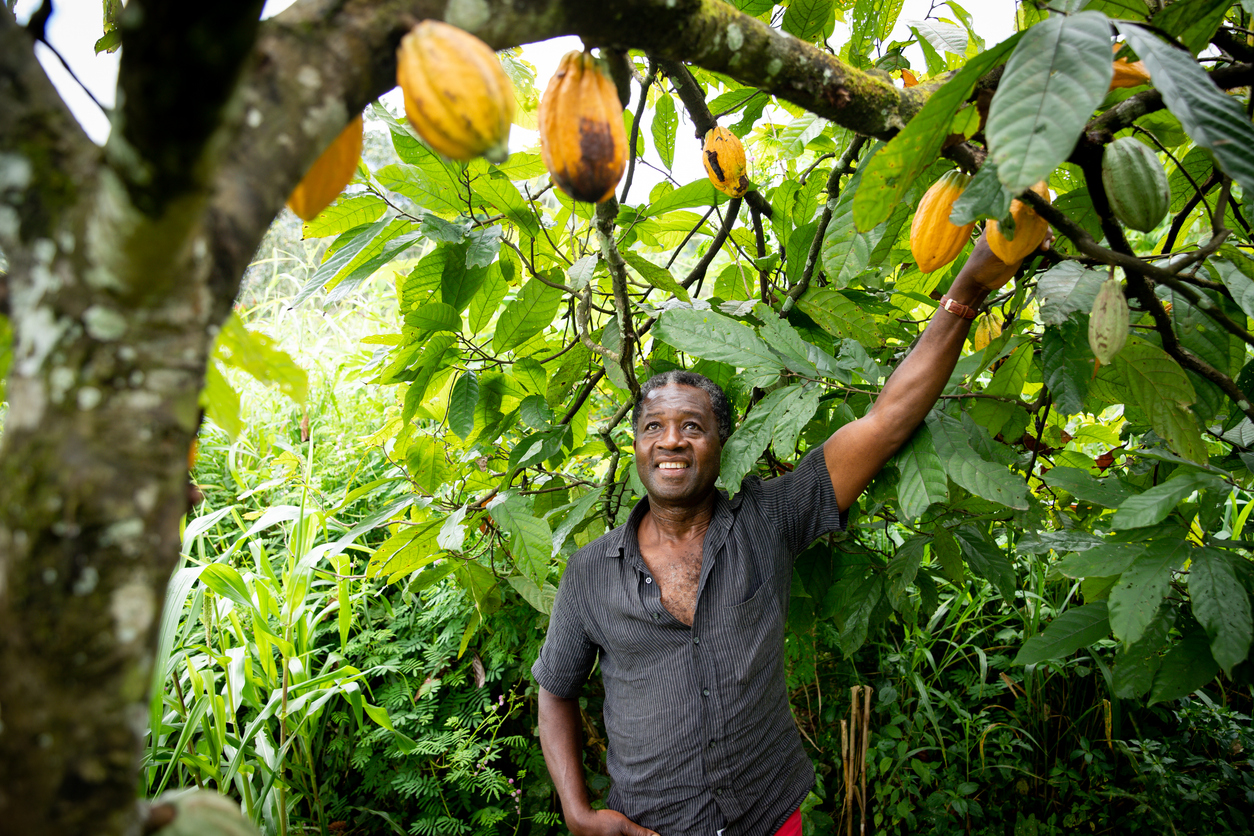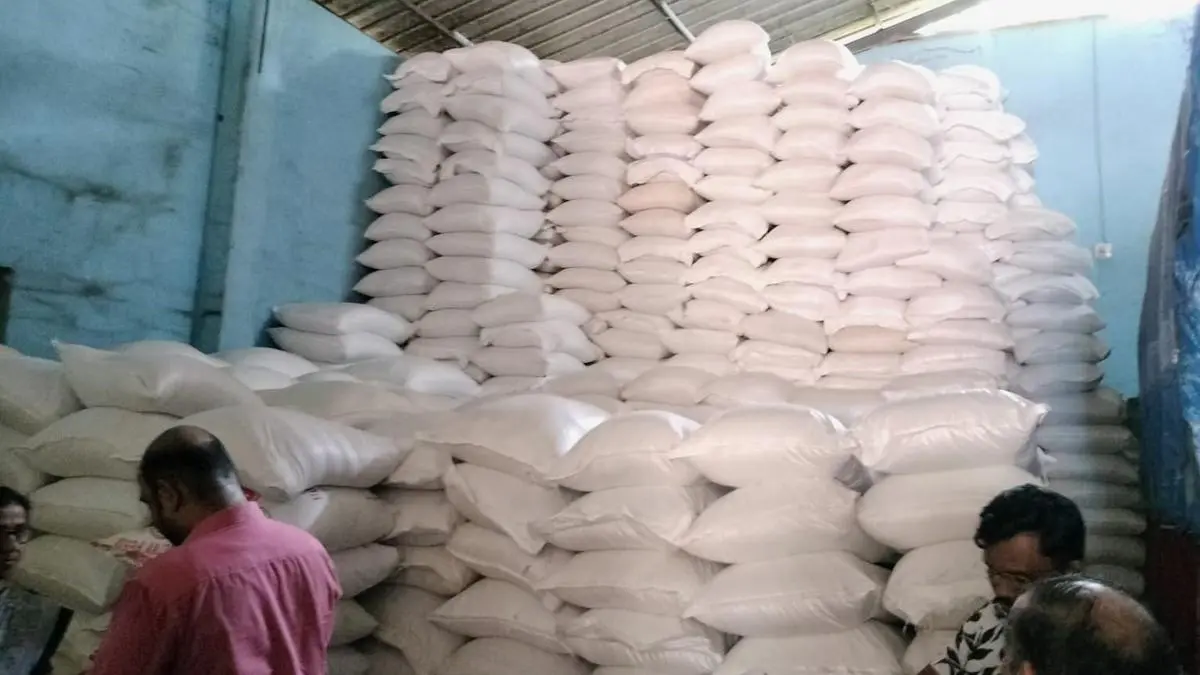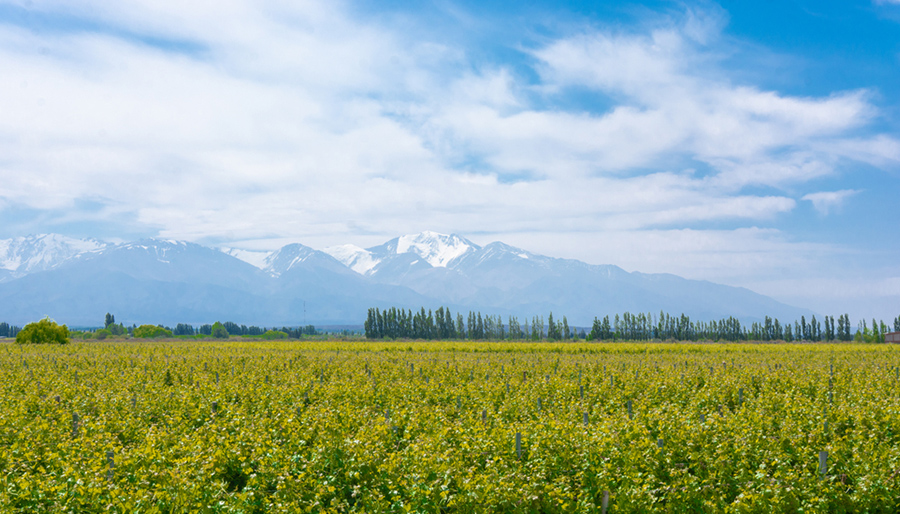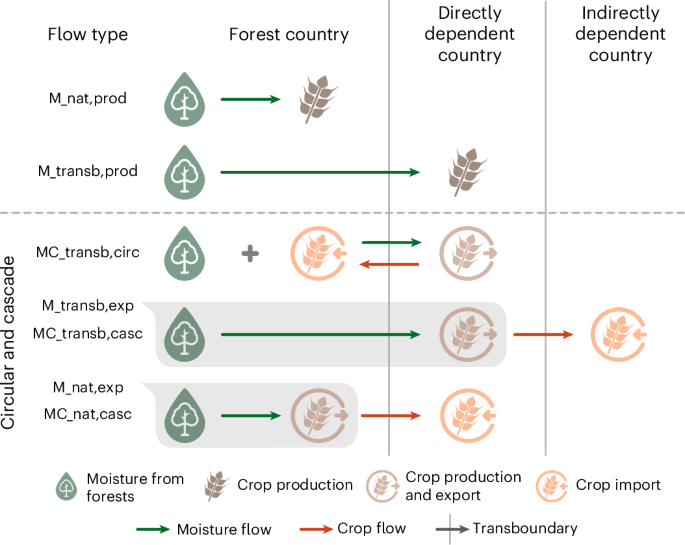Report on GAFSP’s Strategic Investment to Advance Sustainable Development Goals in African Agriculture
Introduction: A Partnership for Sustainable Development
The Global Agriculture and Food Security Program (GAFSP) has initiated a significant capital allocation of $14 million to the African Development Bank (AfDB). This investment, the first under the new Business Investment Financing Track (BIFT), is designed to unlock over $200 million in private-sector financing. The program strategically targets the advancement of several Sustainable Development Goals (SDGs) by empowering smallholder farmers and strengthening food systems in Ethiopia, Uganda, Tanzania, Malawi, and Zambia.
The Business Investment Financing Track (BIFT): A Model for SDG 17
Launched in 2024, the BIFT exemplifies SDG 17 (Partnerships for the Goals) by blending public and private financial resources. This innovative model leverages GAFSP donor funds with multilateral development bank investments to de-risk private capital flows into the agricultural sector.
- Objective: To multiply the impact of every dollar invested, channeling substantial private finance towards farmers, agribusinesses, and food-producing startups.
- SDG Focus: The partnership model is critical for mobilizing the financial resources necessary to achieve ambitious targets related to poverty, hunger, and climate action.
- Impact: By mitigating investment risks, the program directly addresses a primary barrier to agricultural development, fostering an environment conducive to sustainable economic growth.
The Agro Inputs Risk Sharing Facility (ARSF): Targeting SDG 1, SDG 2, and SDG 13
The initial $14 million allocation will establish the Agro Inputs Risk Sharing Facility (ARSF), a targeted mechanism to drive progress on key development goals.
- De-risking Capital ($10 million): This tranche will provide portfolio guarantees to local banks, encouraging lending to agro-input businesses. This directly supports SDG 8 (Decent Work and Economic Growth) by strengthening small and medium-sized enterprises in the agricultural value chain.
- Technical Assistance ($4 million): This grant funding will build capacity among farmers and intermediaries, ensuring the effective use of agricultural inputs and promoting sustainable practices in line with SDG 2 (Zero Hunger) and SDG 13 (Climate Action).
The ARSF is projected to benefit over 1.5 million smallholder farmers and 500 agro-dealers and cooperatives. By improving access to certified seeds, fertilizers, and mechanization, the facility enhances food security and builds resilience against climate shocks, directly contributing to the targets of SDG 2 and SDG 13.
Strategic Alignment and Long-Term Vision for the SDGs
This initiative is strategically aligned with Africa’s continental commitments, including the Comprehensive Africa Agriculture Development Programme (CAADP) and the Kampala Declaration. By reducing financial barriers, the ARSF contributes to a broader agenda focused on achieving sustainable development across Africa.
- SDG 1 (No Poverty): By increasing the productivity and income of smallholder farmers, the program addresses rural poverty at its source.
- SDG 2 (Zero Hunger): The core mission is to strengthen the entire food value chain, from input supply to market access, ensuring a more food-secure future.
- Future Outlook: The success of this first allocation under BIFT serves as a blueprint for scaling up blended finance models. Future phases aim to expand into other low-income nations, unlocking further investment to accelerate progress on the Sustainable Development Goals across the Global South.
Analysis of Sustainable Development Goals in the Article
1. Which SDGs are addressed or connected to the issues highlighted in the article?
-
SDG 1: No Poverty
- The article explicitly states that one of the facility’s broader goals is “reducing poverty.” By providing smallholder farmers with access to finance and agricultural inputs, the initiative aims to improve their economic stability and lift them out of poverty.
-
SDG 2: Zero Hunger
- This is the most central SDG in the article. The entire initiative, led by the Global Agriculture and Food Security Program (GAFSP), is focused on strengthening food security. The text mentions goals like “ending hunger,” strengthening the “entire value chain, from input supply to market access,” and planting “the seeds of a more food-secure Africa.”
-
SDG 13: Climate Action
- The article directly links the initiative to climate resilience. It highlights the need to build “resilience to rising temperatures and unpredictable weather patterns” and help farmers cope with “climate shocks like extreme heat and water scarcity.”
-
SDG 17: Partnerships for the Goals
- The article describes a multi-stakeholder partnership designed to mobilize financial resources. It details the collaboration between GAFSP, the African Development Bank (AfDB), and the private sector. The financing model “blends GAFSP donor funds with multilateral development and commercial finance” to leverage private investment, which is a core principle of SDG 17.
2. What specific targets under those SDGs can be identified based on the article’s content?
-
Target 2.3: Double the agricultural productivity and incomes of small-scale food producers.
- The program is designed to “directly benefit over 1.5 million smallholder farmers” by giving them access to tools like “certified seeds, fertilizers, soil enhancers, and mechanization.” This access is a direct enabler for increasing agricultural productivity and, consequently, incomes.
-
Target 2.4: Ensure sustainable food production systems and implement resilient agricultural practices.
- The article emphasizes building “resilience to rising temperatures and unpredictable weather patterns.” By providing access to better inputs and technical assistance, the program helps smallholders adopt more resilient agricultural practices to withstand climate shocks.
-
Target 13.1: Strengthen resilience and adaptive capacity to climate-related hazards and natural disasters.
- The initiative’s focus on helping farmers deal with “climate shocks like extreme heat and water scarcity” directly aligns with strengthening their resilience and adaptive capacity to climate-related challenges.
-
Target 17.3: Mobilize additional financial resources for developing countries from multiple sources.
- The article is centered on this target. It describes a “$14 million investment” from GAFSP, which is the start of a plan to “unlock” “more than $200 million in private-sector financing.” This model of blending public, concessional, and private finance is a clear example of mobilizing resources from multiple sources.
3. Are there any indicators mentioned or implied in the article that can be used to measure progress towards the identified targets?
-
Indicator for Target 2.3: Number of beneficiaries.
- The article provides a specific metric: “directly benefit over 1.5 million smallholder farmers and 500 intermediary agro-dealers and cooperatives.” This number can be used to track the reach and scale of the program.
-
Indicator for Target 17.3: Volume of financial resources mobilized.
- The article quantifies the financial flows, mentioning the initial “$14 million investment,” a “$10 million tranche of de-risking capital,” “$4 million in grant funding,” and the goal of unlocking “more than $200 million in private-sector financing.” These figures serve as direct indicators of financial mobilization.
-
Implied Indicator for Target 2.4: Access to agricultural inputs and technology.
- While not a specific number, the article implies that progress can be measured by the extent to which the program can “expand access to certified seeds, fertilizers, soil enhancers, and mechanization.” Tracking the uptake of these inputs by the beneficiary farmers would be a key performance indicator.
4. Summary Table of SDGs, Targets, and Indicators
| SDGs | Targets | Indicators |
|---|---|---|
| SDG 1: No Poverty | 1.4: By 2030, ensure that all men and women, in particular the poor and the vulnerable, have equal rights to economic resources, as well as access to basic services, ownership and control over land and other forms of property, inheritance, natural resources, appropriate new technology and financial services, including microfinance. | The initiative’s contribution to the broader goal of “reducing poverty” by improving access to finance for smallholders. |
| SDG 2: Zero Hunger | 2.3: By 2030, double the agricultural productivity and incomes of small-scale food producers…through secure and equal access to land, other productive resources and inputs, knowledge, financial services, markets and opportunities for value addition and non-farm employment. | Number of beneficiaries: “over 1.5 million smallholder farmers and 500 intermediary agro-dealers and cooperatives.” |
| SDG 13: Climate Action | 13.1: Strengthen resilience and adaptive capacity to climate-related hazards and natural disasters in all countries. | Expanded access to tools and inputs (certified seeds, etc.) that build “resilience to rising temperatures and unpredictable weather patterns.” |
| SDG 17: Partnerships for the Goals | 17.3: Mobilize additional financial resources for developing countries from multiple sources. | Financial resources mobilized: “$14 million investment” from GAFSP intended to unlock “more than $200 million in private-sector financing.” |
Source: agfundernews.com







